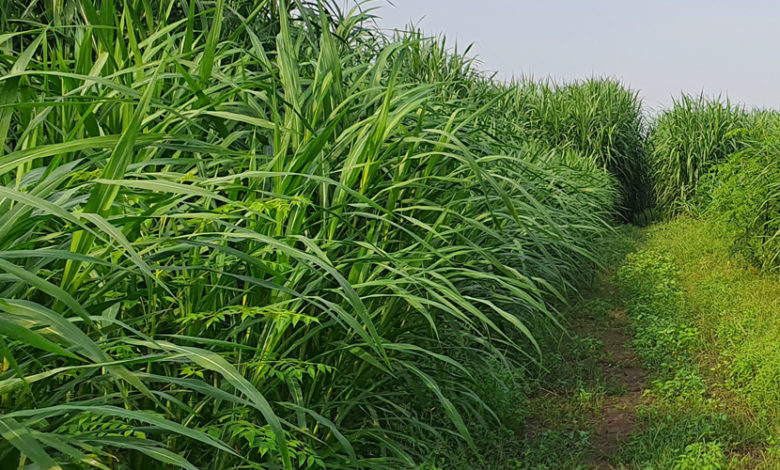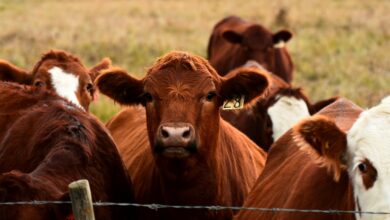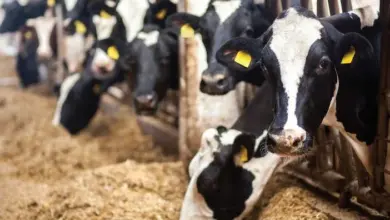How to plant Napier grass for your livestock

Napier grass, pennisetum purpureum, was named after Col Napier of Bulawayo in the modern Zimbabwe, after he proposed that the crop be explored as a commercial livestock feed in the 19th century.
The fodder crop has since undergone various genetic modification with more superior varieties churned out at least every decade.
According to United Nations’ Food and Agriculture Organisation (FAO), the crop is now grown by at least 70 per cent of smallholder farmers in East Africa and contributes up to 40 per cent of food consumed by livestock.
Varieties
Just like any other crop, various Napier grass varieties have been bred to suit different topographic regions.
For instance, French Cameroon and Uganda hairless varieties are meant for areas with rainfall production per year below desired 1000mm and low attitude of less than 2100m.
These varieties which have characteristically thin stems, do well in such low rainfall and altitudes.
Varieties such as banana grass are likely to be stunted in areas with low rainfall because they have huge stems and leaves which increase loss of water through transpiration. Therefore, they can do well in high altitude areas that receive huge amount of rainfall per year.
Hybrid varieties such as clone and Pakistan can do well in most regions in the country and are resistant to perennial diseases such as snow mould fungal and head smut.
How to plant
Napier grass can be planted using three different methods: by cuttings, splits and whole stems. For cuttings use a sharp knife to cut the bottom part of young Napier grass stems into pieces. Each piece should have at least three nodes. Stretch out a rope across the plot to make sure you have a straight line. Using the hoe and measuring stick, plant the pieces of stem at 60cm intervals along the line. Plant them angled into the ground at about 30 degrees.
Two of the nodes are buried in the soil and one is above the ground. A 90cm inter-row spacing is recommended.
When using splits, the Napier grass stem is cut at ground level to remove all the green material. Dig up the clump of roots and shoots growing under the ground. Separate each seedling from the clump ensuring that each seedling has both roots and a shoot. Trim the roots to about 5cm (2 inches) long before planting the seedlings in small holes. Cover the roots with soil, but leave the shoots open to the air. At least 14045 splits are required for planting per acre.
Planting whole stems is useful during the heavy rains, and in hilly areas where you need the grass to sprout quickly to cover the ground. Plant them along the contour to control erosion. Cut whole young stems of Napier grass, about 2 m (6 feet) long. Put the stems end-to-end in a furrow, and cover them with soil and water them immediately.
Fertiliser application
One bag of 50 kilogrammes of NPK (20:20:0) is needed at planting time per acre. Alternatively a spade full of farmyard manure can be applied in planting hole. For top dressing, at least two 50-kilogramme bags of NPK rationed at 20:20:0 per acre is needed at the middle of the long rains. Another two 50-kilogramme bags of NPK 20:20:0 should also be applied at the onset of short rains.
Slurry, a mixture of dung and urine can be applied immediately after harvesting in a furrow along the rows of Napier and covered with soil as weeding is done.
Napier grass require frequent weeding hence a minimum of two rounds weeding, three weeks after planting and three or four more before first harvest. Most Napier is ready for harvesting after eight weeks. While harvesting, cut the Napier from the last stem below the ground carefully not to tamper with splits.
Napier grass is a high-yielding fodder crop with good palatability, highly nutritious especially when young, dark green leaves and less than a metre tall. It is also used as a soil stabiliser in soil conservation methods and can be intercropped with various forage legumes.
Planting
Napier grass can be planted using three different methods: by cuttings, splits and whole stems. For cuttings use a sharp knife to cut the bottom part of young Napier grass stems into pieces. Each piece should have at least three nodes. Stretch out a rope across the plot to make sure you have a straight line. Using the hoe and measuring stick, plant the pieces of stem at 60 cm intervals along the line.







